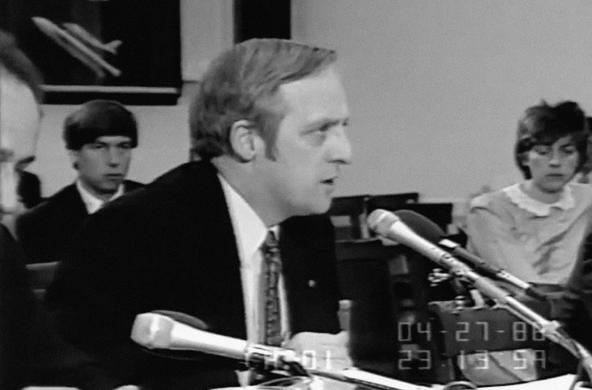The White House has decreed that for every new regulation enacted, two existing regulations must be nullified. Regulatory overseers are now assigned to every Federal agency that might consider adding a new regulation. What a mindless way to ensure the health and safety of society.
Let's consider the environment. Lead was once widely used in paints and gasoline, until physicians began to notice widespread lead poisoning, especially in urban children. Then, the use of lead in these products was regulated, and the concentrations of lead in childrens' blood samples dropped significantly, lowering the risk for poor cognitive development. Similarly, early contamination of waters with mercury and chromium from the tanning of leather resulted in toxic poisonings, with legacy effects that persist today. Phosphorus from detergents was linked to the pollution of waters for drinking, swimming and fisheries. Emissions of these materials to the environment are now regulated. The folks who made these products once complained vociferously, but now they have found other ways to supply our needs.
It was perhaps not an admirable nor ideal situation, but the environment could accommodate wastes when there were many fewer of us and we lived a simple life. But, since World War II, a growing population of Americans has pursued a consumer lifestyle that demands lots of energy, resources, and potentially toxic new chemicals in a wide variety of convenience products. Various radioactive elements, from power generation and medical applications, have joined the list of xenobiotic substances.
It was soon apparent that the environment could no longer serve as the dumping ground for myriad wastes from so many people. The Clean Air and Clean Water Acts of the early 1970s prevented a lot of toxic contamination, and the quality of air and water over much of this country is far better than it was 50 years ago. Those who have grown up under these Acts should remember that the air was not always clean. Certainly, in the intervening years, we've lost some jobs to countries that have fewer environmental regulations—where the air and water are miserably dirty and human life is not as highly valued or compensated.
Nevertheless, we should not repeal the legislation that improved our environment. The contaminants recognized decades ago have not disappeared from the list or suddenly become less toxic and no longer in need of regulation. Rather, each year they are joined on the list by potential new contaminants with unknown effects on our health and safety. As these are tested, some will be found toxic to humans and other organisms, and emissions will need to be regulated if we are to live in a healthy and safe environment. It is inevitable that the list of regulations will get longer, not shorter.
Regulation of pollution is the cost of doing business on a highly populated planet, with fellow humans who all wish to pursue the good life. You can't buy clean air in bottles. Jobs and profits are nice, but not if people are sickened and die from air or water pollution. We can strive to make America great again, and a measure of our success will include a clean environment, and regulations will be essential to keep it so.
References
Bernhardt, E.S., E.J. Rosi, and M.O. Gessner. 2017. Synthetic chemicals as agents of global change. Frontiers in Ecology and Environment doi: 10.1002/fee.1450
Lelieveld, J., J.S. Evans, M. Fnais, D. Giannadaki and A. Pozzer. 2015. The contribution of outdoor air pollution sources to premature mortality on a global scale. Nature 525: 367-371.









